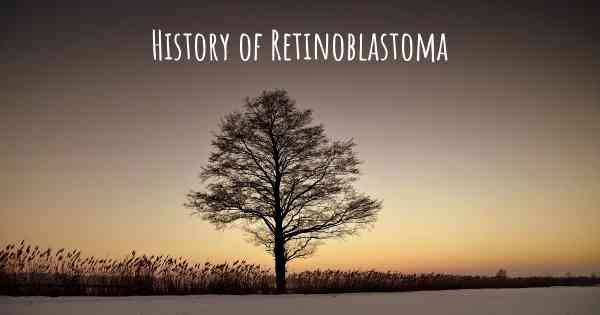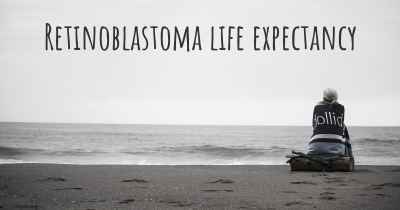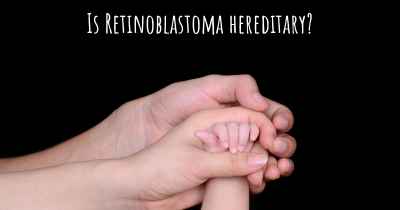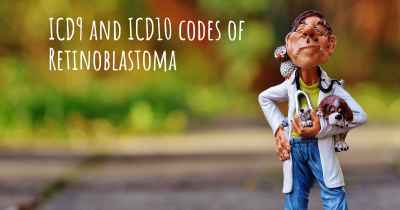What is the history of Retinoblastoma?
When was Retinoblastoma discovered? What is the story of this discovery? Was it coincidence or not?

Retinoblastoma is a rare form of eye cancer that primarily affects young children. It originates in the retina, the light-sensitive tissue at the back of the eye responsible for vision. The history of retinoblastoma dates back several centuries, with significant advancements in understanding, diagnosis, and treatment occurring over time.
Ancient Times:
The earliest known references to retinoblastoma can be traced back to ancient Egypt. Ancient Egyptian medical texts, such as the Edwin Smith Papyrus dating back to 1600 BCE, describe eye diseases that may have included retinoblastoma. However, due to limited medical knowledge and diagnostic tools at the time, the specific identification of retinoblastoma was not possible.
19th Century:
The first documented case of retinoblastoma was reported in 1809 by Scottish surgeon James Wardrop. He described a tumor in the eye of a two-year-old child, but the term "retinoblastoma" had not yet been coined. It was not until 1851 that Swiss ophthalmologist Rudolf Berlin coined the term "retinoblastoma" to describe this specific type of eye tumor.
20th Century:
1900s: In the early 1900s, retinoblastoma was still poorly understood, and treatment options were limited. The first successful surgical removal of a retinoblastoma tumor was performed in 1902 by Dr. William H. Wilmer in the United States. However, the prognosis for children with retinoblastoma remained grim, as the cancer often spread to other parts of the body.
1920s: In the 1920s, advancements in diagnostic techniques, such as the ophthalmoscope, allowed for better visualization of retinoblastoma tumors. This led to improved early detection and increased understanding of the disease.
1940s: The discovery of radiation therapy revolutionized the treatment of retinoblastoma. In the 1940s, radiation therapy became a standard treatment option for retinoblastoma, offering hope for preserving vision and preventing the spread of the cancer.
1950s: The 1950s marked a significant milestone in the understanding of retinoblastoma. Dr. Alfred G. Knudson proposed the "two-hit hypothesis," which explained the genetic basis of retinoblastoma. He suggested that retinoblastoma could be caused by mutations in a specific gene, now known as the RB1 gene. This groundbreaking discovery laid the foundation for further genetic research and understanding of retinoblastoma.
1970s: The development of new imaging techniques, such as ultrasound and computed tomography (CT), allowed for more accurate staging and monitoring of retinoblastoma. These advancements helped in determining the extent of the tumor and guiding treatment decisions.
1980s: Genetic testing became available in the 1980s, enabling the identification of RB1 gene mutations in individuals with retinoblastoma. This allowed for early detection and genetic counseling for families at risk of passing on the disease.
1990s: The 1990s saw significant progress in the field of retinoblastoma research. Scientists discovered that the RB1 gene acts as a tumor suppressor gene, and its mutation leads to the development of retinoblastoma. This finding paved the way for targeted therapies and gene therapies in the future.
21st Century:
2000s: The advent of molecular genetic techniques, such as next-generation sequencing, has allowed for more comprehensive analysis of the RB1 gene and other genetic factors involved in retinoblastoma. This has led to a better understanding of the disease's molecular mechanisms and potential therapeutic targets.
Present:
Today, retinoblastoma is diagnosed through a combination of clinical examination, imaging techniques, and genetic testing. Treatment options include chemotherapy, radiation therapy, laser therapy, cryotherapy, and surgical removal of the affected eye in severe cases. The prognosis for retinoblastoma has significantly improved over the years, with early detection and advances in treatment leading to higher survival rates and better preservation of vision.
In conclusion, the history of retinoblastoma spans centuries, with significant milestones in understanding, diagnosis, and treatment occurring over time. From ancient Egyptian references to the first documented case in the 19th century, advancements in surgical techniques, diagnostic tools, radiation therapy, genetic research, and targeted therapies have greatly improved the outlook for children affected by retinoblastoma.








